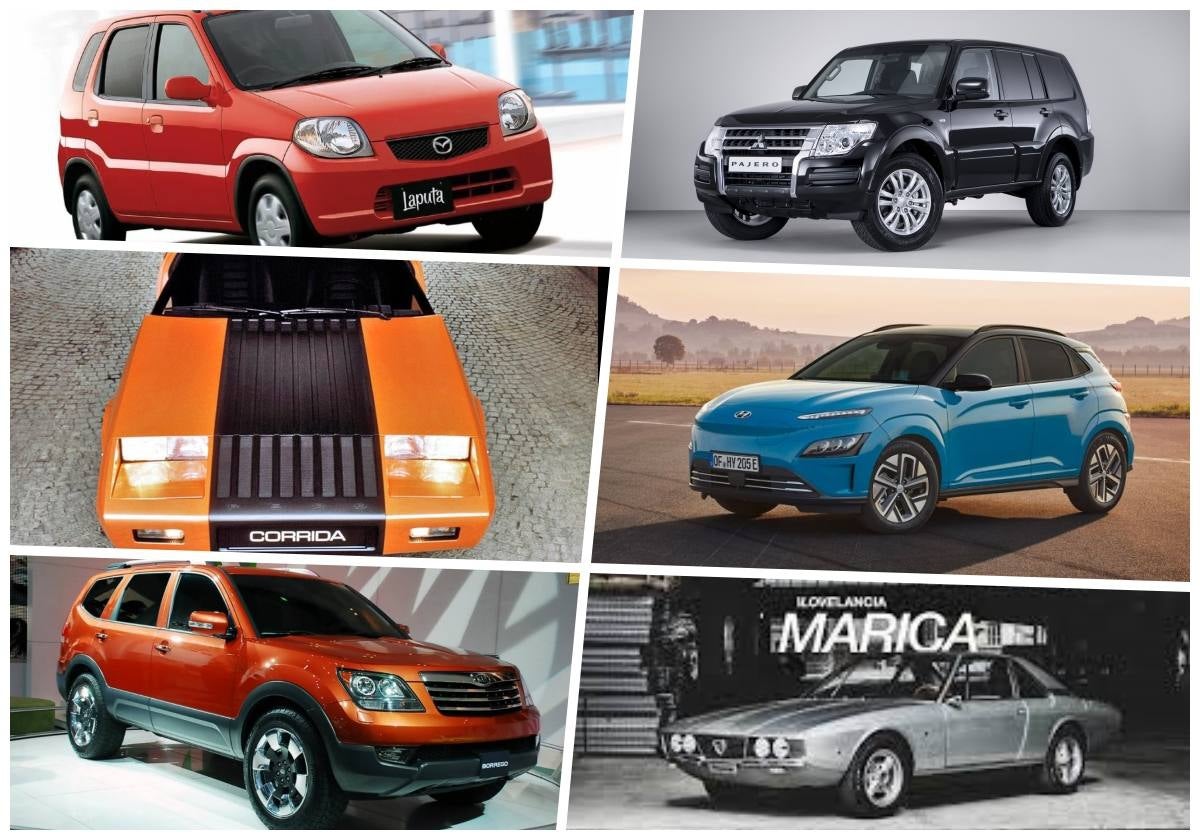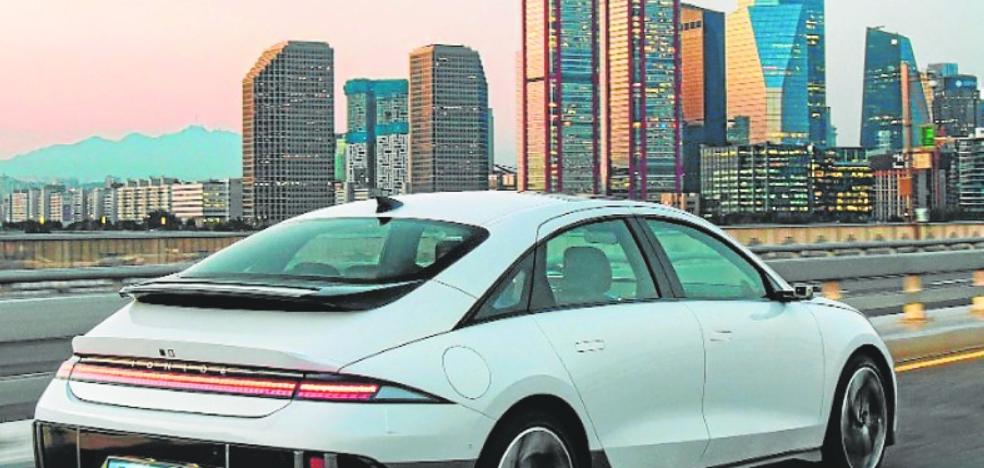Two motorcyclists greet each other as they cross the road, but when they have a sidecar, they stop to talk
It is said that when two motorcyclists pass each other on a road, they greet each other, but if they have a sidecar, they stop and start chatting. And it is that, indeed, the sidecar world is a real tribe, small, but with its own personality, within the world of motorcycles.
The story began in 1890 when a Frenchman named Bertoux made a very light tubular chassis with a single wheel, which could be easily attached to a velocipede. But it wouldn’t be until 1902 when the English firm Mills & Fulford marketed it -for the first time- to fit on a motorcycle. The lightweight device had a reed body and quickly fascinated the British. Finally, it would be the brothers William and Sydney Graham who would patent it in 1903.
The idea soon captivated both motorcycle enthusiasts and those seeking an alternative to the car due to their need for mobility. For example, in the 1920s and 1930s it was common to find sidecars on the roads of both the British Isles and the continent. Even the origin of the Jaguar company lies in the sidecar factory “Swallow Sidecar and Coachbuilding”, created by William Lyons himself.
By the late 1930s, highway commuters gave way to soldiers and the military saw the benefit of sidecars. To move freely through bad terrain, it was necessary for the side wheel to have traction, something the Belgians of the FN had already studied in 1932. The French of Kabouter & Rhône with the side Bernardet had tested this technique in a 1939 raid from Paris to Dakar. On the battlefield, the most popular sidecars were the German Zundapp and especially the BMW R75, with its two gearboxes – one with four gears and reverse and the other with two secondary gears – with transmission to the side wheel and limited slip differential. After the war, and due to the lack of cars, sidecars regained prominence until the 1960s, when the progress of Western European society almost led to their disappearance.
The same didn’t happen after the Iron Curtain, especially in the Soviet Union, where URALs – suspiciously similar to German BMW and Zundapp models – became very popular.
But if the car had been doomed in Western Europe, in France, Germany, England and Switzerland, it has remained a hobby, and there are many small brands that build them with advanced chassis and fiberglass bodies, aerodynamic and futuristic design in some cases and in others more retro. Some can carry two child seats or have large suitcases.
Even some, such as the French Side-Bike, manufacture the complete motorcycle and side set using a Peugeot car engine. Without achieving this, usually when a side is attached, the motorcycle fork is usually replaced with a rocker type, which also entails a change of the original rim for a 14 or 15 inch. Driving a sidecar requires some training as the reactions are different from those of a classic motorcycle; experts advise making many “eights” until you know how to control the situation. In any case, they have a special charm and allow you to enter one of the most attractive motorcycle trunks with a rich history.
Source: La Verdad
I am Ida Scott, a journalist and content author with a passion for uncovering the truth. I have been writing professionally for Today Times Live since 2020 and specialize in political news. My career began when I was just 17; I had already developed a knack for research and an eye for detail which made me stand out from my peers.



